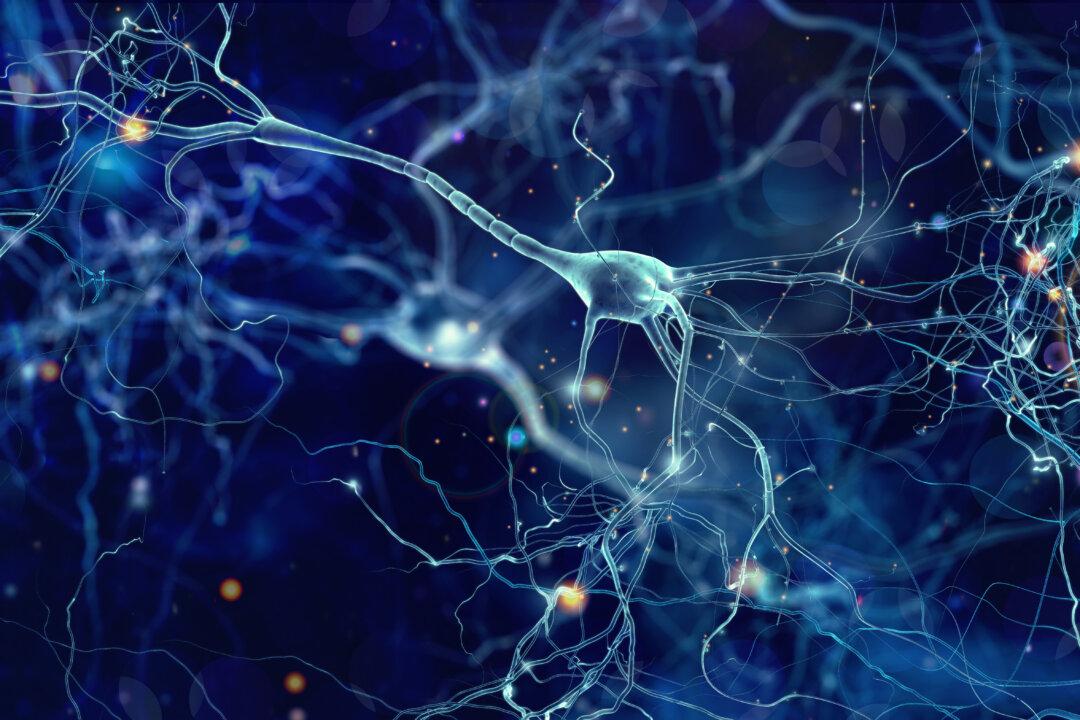Recovery from a traumatic brain injury, even a mild one, can be a long and frustrating journey. Symptoms are complicated and can range from cognitive and behavioral changes to physical imbalances and impairments. One commonly overlooked symptom that can affect all of these aspects of recovery is a dysfunction of the visual system.
Much of what’s currently understood about post-concussion syndrome (PCS) is drawn from recent research. One known complicating factor in treating PCS is the overlap among symptoms with unique origins.
Post-Concussion Syndrome
According to the National Institutes of Health, traumatic brain injury is a major cause of disability, with an estimated 10 million cases per year. Mild traumatic brain injury, or concussion, is also the most common form of traumatic brain injury, accounting for 75 percent of all brain injuries reported annually. Even mild traumatic brain injuries can have lasting effects. Unfortunately, even a mild traumatic brain injury is significant.A vast and complex collection of functional symptoms following any minor head injury is now categorized broadly as post-concussive syndrome.
Some people who suffer a brain injury may not become aware of their visual issues immediately because they take time off of work or school for initial recovery. They may not think that some symptoms are relevant enough to report to their treating doctor.
Poor performance at school or work or in social interactions could be a result of visual instability, but the person may not understand why they’re dizzy, fatigued, nauseated, and unable to function as well as they once did.
What Is Post-Trauma Vision Syndrome?
Post-trauma vision syndrome is the official diagnosis for abnormal visual symptoms that appear following a brain injury.Visual dysfunction is one of the most overlooked complications because symptoms may not become obvious for days to months following a head injury.
“Post-trauma vision syndrome is a neurological issue that affects the visual system after a brain injury,” said optometrist Dr. Charles Shidlofsky, who’s board-certified in vision development and vision rehabilitation and is president of the Neuro-Optometric Rehabilitation Association.
PTVS has been noted by clinicians as visual problems such as seeing stationary objects move, seeing words in print run together, experiencing blurring of scenes, and trouble establishing spatial orientation. Often, however, when people report vision symptoms to their doctors, they’re dismissed because of normal CT or MRI images, or because their eyes appear healthy to a general optometrist.
Your Eyes and Your Brain
Your eyes are connected directly to your brain. When you see objects, what you’re actually seeing is the picture formed in your brain after your eyes send electrical impulses to the visual cortex.“It is estimated that 70 [percent to] 80 percent of the brain is involved in vision in some fashion,” Dr. Shidlofsky said.
The visual pathway is an arrangement of cells and cell interactions that send outside visual signals to the brain for processing. The optic tract is a bundle of nerve fibers that shuttle visual information through the visual pathway. The pathway begins when light hits the retinal nerve cells and is converted into electrochemical signals that represent the image that we perceive.
What Are the Symptoms of PTVS?
Even after a person has seemingly recovered from a traumatic brain injury, they may not be able to participate in the same work or life activities they did prior to their injury. Post-trauma vision changes can significantly decrease quality of life. Everything from reading, typing, watching television, driving, being a passenger in a vehicle, to even walking straight, can be affected. It’s common for initially unnoticed vision symptoms to come to light several months after a traumatic brain injury event.Symptoms of post-trauma vision syndrome include migraines and other headaches, double vision, trouble reading, nausea, trouble focusing, loss of coordination and balance, light sensitivity, and depth miscalculation.
“Visual issues such as diplopia, seeing words and print appearing to move, difficulty shifting gaze, difficulty adapting to environments where there is movement in the periphery (such as in a store), and photophobia can arise,” Dr. Shidlofsky said.
Who Can Diagnose and Treat PTVS?
Those experiencing these types of visual disturbances usually have healthy eyes and otherwise normal visual test results.What Are the Treatment Options for PTVS?
“PTVS is a treatable condition,” Dr. Shidlofsky said. “The typical treatments are neuro-vision rehabilitation, which may utilize lenses, prisms, tints, or occlusions to create a therapeutic change, and possibly a protocol of neuro-optometric rehabilitation.”Neuro-optometric rehabilitation is a method designed to properly engage the visual system in order to reduce disruptive visual symptoms post-injury. Neuro-optometric rehabilitation therapy for traumatic brain injury and concussion focuses on specific vision problems and eye movements to improve focus, perceived motion, depth perception, coordination, and light sensitivity.
Each rehabilitation treatment is personalized to the individual and their circumstance, as each brain injury is different. One treatment option for PTVS might be a regimen of special eye movement practices and eye-focusing exercises prescribed specifically by a trained neuro-optometrist called vision rehabilitation. Vision rehabilitation helps to realign the visual system and reintegrate the eye movements with the visual environment, coordinate body movements, and correct spatial orientation. Treatment may also include special prescription lenses called prism lenses, which are uniquely designed eyewear used to address double vision, eye strain, and balance issues.
How to Start Healing From PTVS at Home
One pervasive and, fortunately, addressable symptom of PTVS is visual photosensitivity.Intolerance to bright lights and glow from LCD screens can cause constant eye pain and headaches in anyone, but those who have experienced a brain injury and structural or chemical changes to the brain and eyes are particularly vulnerable to discomfort.
One way to potentially speed up the healing process and avoid risking further damage after suffering a concussion is to limit screen use. If this is impossible, taking frequent screen time breaks may help to alleviate headaches and nausea associated with glare and motion sensitivity.
Avoiding fluorescent and artificial light may also help to reduce symptoms, and using tinted sunglasses and the correct prescription lenses can help to ease eye strain.
“For light sensitivity, there are many lens tints that may be helpful on a short-term basis to improve light sensitivity,” Dr. Shidlofsky said. “In addition, undergoing active neuro-vision rehabilitation may also improve light sensitivity.”







